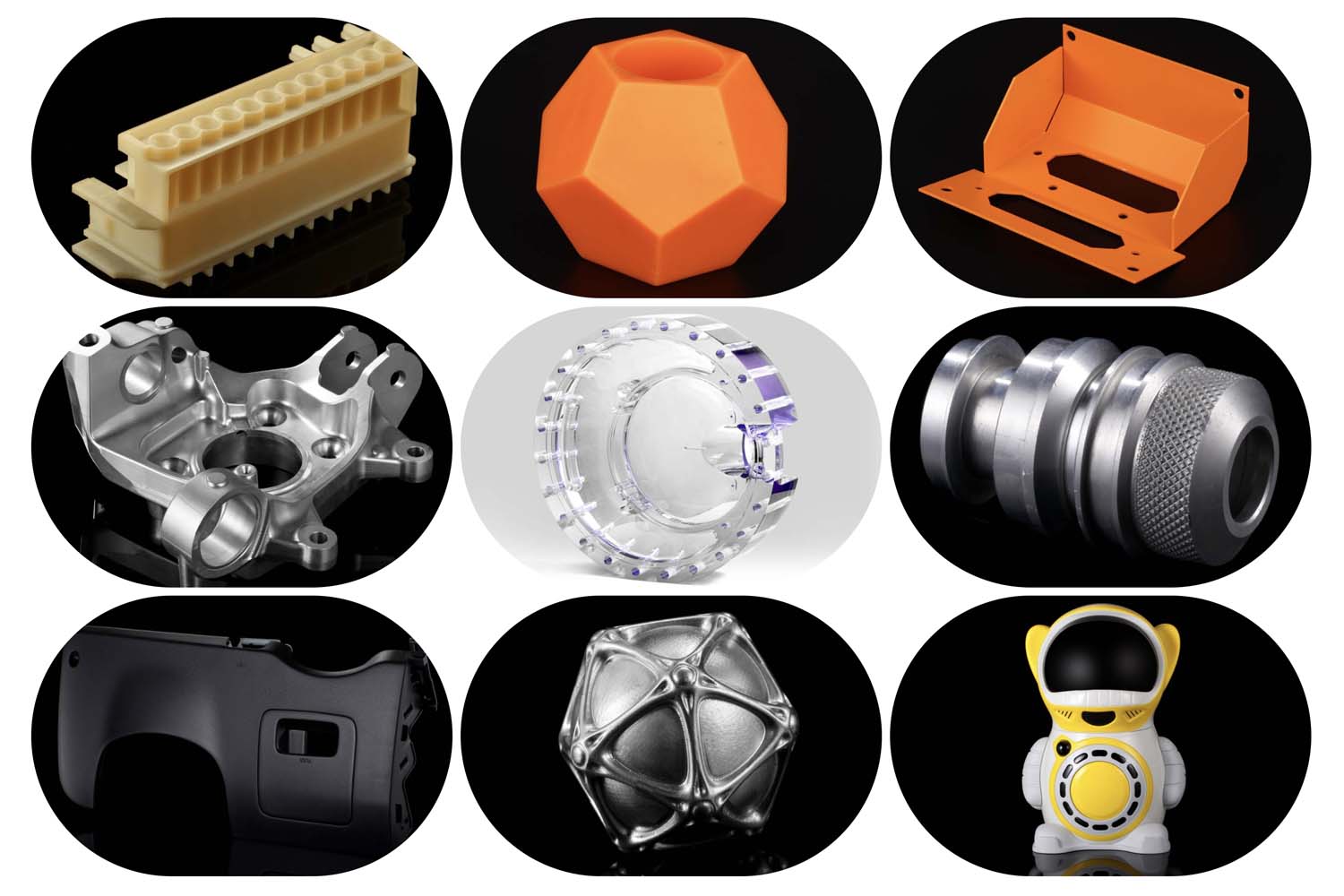Before a 12 days break for lunar new year 2025, Bole made pre-shutdown CNC machine maintenance. in Bole precision CNC machining shop, all the machines in every plant and production line got a well pre-shutdown maintenance.
Pre-shutdown CNC machine maintenance is more than a routine task—it’s a critical step in safeguarding the longevity, precision, and reliability of expensive equipment. Without proper care, extended periods of inactivity can lead to rust, mechanical failures, or even costly repairs. In this guide, we’ll walk you through the comprehensive steps taken to prepare CNC machines for shutdown at Bole, highlighting the importance of cleaning, lubrication, inspection, and protection.
Comprehensive Cleaning
One of the most important aspects of pre-shutdown CNC machine maintenance is cleaning. Over time, machining operations generate chips, dust, and residues that can accumulate in critical areas of the equipment. If left unaddressed, these contaminants can harden, corrode surfaces, or even interfere with the machine’s functionality when operations resume.
At Bole, we began this process by thoroughly cleaning the processing area. Chips and debris were removed from the machine table, tool magazine, and other components using specialized tools and vacuum systems. This step not only prevented buildup but also ensured that the machine’s surfaces remained free of obstructions.
The cooling system also received special attention. Coolant circuits were flushed to remove any blockages, and filters were replaced where necessary. This ensured that coolant flow would be uninterrupted during the next production cycle. Additionally, the spindle and worktable were meticulously cleaned to remove cutting fluid residues and debris, restoring their surfaces to optimal working conditions.
Tool Magazine Maintenance: Ensuring Smooth Tool Changes
The tool magazine is a critical component of CNC machines, responsible for storing and switching tools during operations. Without proper maintenance, tool magazines can malfunction, leading to machining inaccuracies or delays. As part of pre-shutdown CNC machine maintenance, we conducted a detailed inspection of all tools in the magazine. Each tool was checked for signs of wear, breakage, or damage, and any faulty tools were promptly replaced.
Cleaning the tool magazine itself was another priority. Chips and dust were removed using compressed air and soft brushes, ensuring the storage area remained clean and dry. Lubrication was then applied to all rotating parts and mechanical transmissions to keep the tool magazine operating smoothly. This step included verifying lubricant levels and replenishing them where necessary. Finally, calibration was performed to ensure that the magazine’s positioning was accurate and synchronized with the machine’s control system.
Spindle Maintenance
The spindle is often referred to as the “heart” of a CNC machine, and for good reason. It plays a central role in machining operations, and any issues with the spindle can significantly impact precision and productivity. At Bole, spindle maintenance was a key focus during the pre-shutdown process.
First, the spindle surface was cleaned using lint-free cloths and specialized tools to remove any cutting fluid residues or debris. The spindle cooling system was also inspected to ensure there were no blockages, and coolant levels were topped up or replaced as needed. Maintaining proper cooling is essential to prevent overheating during operations.
Lubrication was another critical step. Spindle lubrication levels were checked, and any deficiencies were addressed by adding or replacing lubricant according to the manufacturer’s recommendations. This ensured that the spindle would remain in optimal working condition. Additionally, vibration and temperature readings were taken to identify any anomalies that could indicate deeper issues. By addressing these concerns early, we were able to prevent potential spindle failures and extend its lifespan.
Anti-Rust Protection
Rust and corrosion are common threats to CNC machines during extended periods of inactivity, especially in humid environments. To combat this, anti-rust measures were implemented across all critical components. The spindle and worktable surfaces were coated with anti-rust oil, ensuring that no exposed metal parts would be vulnerable to moisture. Special attention was given to seams and joints, as these areas are particularly susceptible to corrosion.
Tool holders were also removed from the spindle to prevent cutting fluid residues from causing rust. After cleaning, they were evenly coated with anti-rust oil and stored in a dry, controlled environment. The XYZ axis protective covers were disassembled, cleaned of internal debris, and treated with anti-rust oil to protect the sliders, rails, gears, and racks. This comprehensive approach ensured that every part of the machine was shielded from environmental factors during the shutdown period.
Control Cabinet and Electrical System Protection
Electrical components are among the most sensitive parts of a CNC machine, making their protection a top priority during pre-shutdown maintenance. At Bole, the control cabinets of all machines were carefully sealed using moisture-proof materials to prevent humidity from affecting internal components.
Pest prevention measures were also implemented to protect cables and wiring from potential damage. Rodent-proof screens and repellents were installed around the machines to eliminate the risk of pests interfering with the electrical systems. Additionally, all power supplies were disconnected, and electrical connections were insulated to prevent short circuits or moisture-related damage.
Mechanical Inspection and Stress Balancing
The mechanical structure of a CNC machine must remain stable to ensure precision and reliability. During the pre-shutdown maintenance, we conducted a thorough inspection of each machine’s mechanical components. Bolts, fasteners, and connections were checked to ensure they were secure, and any loose parts were tightened.
To prevent uneven stresses on the machine’s moving axes, all axes were positioned in a neutral state. This balanced the internal forces within the machine, reducing the risk of wear or deformation during the shutdown period. By taking these measures, we ensured that the machines would retain their structural integrity and accuracy.
Environmental Control and Final Protection
The final step in Bole’s pre-shutdown CNC machine maintenance involved controlling the workshop environment to prevent external factors from affecting the machines. Dust covers and moisture-proof sheets were used to protect the machines from dust and humidity. The workshop’s temperature and humidity levels were carefully monitored and adjusted using dehumidifiers and air conditioning systems to create a stable environment.
By turning off all machine power and disconnecting electrical systems, we minimized the risk of damage caused by power surges or moisture. These additional protection measures ensured that the machines would remain in excellent condition throughout the 12-day shutdown.
The Importance of Pre-Shutdown CNC Machine Maintenance
Pre-shutdown CNC machine maintenance is not just about preparing for downtime—it’s about protecting your investment. At Dongguan Bole, we understand the value of our equipment and the role it plays in delivering precision results to our clients. By taking the time to clean, inspect, lubricate, and protect our machines, we ensure that they remain in peak condition, ready to resume operations without delays or complications.
If you’re looking for a reliable partner for precision CNC machining, Dongguan Bole is here to help. Contact us today to learn more about our services or to discuss your next project.




